When Natsume Soseki serialized I Am a Cat in 1905, Japan stood at the crossroads of tradition and modernity. The novel's unnamed feline narrator, perched on the bookshelf of a middling schoolteacher, observes human follies with the detached amusement of a creature who considers himself intellectually superior to his masters. This was no ordinary satire - it became a literary looking glass reflecting the anxieties of a nation rushing headlong into Westernization while clinging to Confucian values.
The cat's disdainful perspective allowed Soseki to dissect Meiji-era intellectual pretensions with surgical precision. Through those unblinking yellow eyes, we witness the self-important conversations of Kushami Sensei and his circle - failed scholars, pompous businessmen, and social climbers whose attempts to reconcile Japanese tradition with European thought often descend into farce. The cat's commentary transforms trivial domestic scenes into biting social critique, his paw batting at the fragile egos of men who've traded cultural confidence for shallow cosmopolitanism.
What makes this feline observer so devastating is his complete lack of investment in human social constructs. Where Meiji intellectuals agonized over Japan's place in the world order, the cat measures their worth by the quality of scraps they provide. His biological determinism - the casual assumption that cats represent evolutionary superiority - mirrors the racial hierarchies Western powers used to justify colonialism. Soseki turns this imperial gaze back upon itself when the cat judges his human's failed poetry through the lens of "feline aesthetics."
The novel's episodic structure accumulates meaning like snowfall - each chapter adding weight to its central paradox. These educated men can parse Schopenhauer in German yet remain oblivious to their wives' suffering. They debate Spencer's social Darwinism while their households crumble from neglect. The cat, who never mistakes rhetoric for wisdom, becomes the only reliable philosopher in the room. His final drunken monologue - a surrealist masterpiece - reveals more truth about human nature than all their scholarly references combined.
Soseki's own ambivalence toward modernization pulses through the narrative. Having studied in London during what he called "the most unpleasant years of my life," he understood the psychic cost of cultural borrowing. The cat's running commentary on imported goods - from the uselessness of Western umbrellas to the pretension of serving sponge cake - echoes Soseki's suspicion that Japan was adopting Europe's material culture without understanding its philosophical foundations. When the feline narrator drowns in a water jar after one drink too many, we sense Soseki's warning about the dangers of intoxication with foreign ideas.
Contemporary readers often miss the novel's revolutionary quality. Prior to I Am a Cat, Japanese literature had no tradition of sustained animal narrators wielding such analytical prowess. The device allowed Soseki to circumvent conventional expectations - a cat could say what no human character could about the emperor's new clothes of modernization. His feline stand-in predates Kafka's cockroach and Orwell's barnyard revolutionaries, achieving something uniquely Japanese: social critique through the perspective of a creature both within and outside human society.
The novel's humor shouldn't obscure its philosophical depth. Behind the cat's droll observations about human vanity lies Soseki's profound concern for cultural authenticity. As Japan rushed to build railways and adopt parliamentary systems, I Am a Cat asked what might be lost in translation - not just linguistically, but spiritually. The work remains startlingly relevant in our globalized era, where nations still struggle to adopt foreign technologies without becoming psychologically colonized by them.
Perhaps the greatest testament to Soseki's achievement is how thoroughly the cat transcends his literary function. By the novel's end, we forget he's a narrative device - he becomes the only character we trust. In this sly subversion, Soseki makes his ultimate point: When civilizations undergo radical transformation, sometimes only the outsiders, the observers, the cats can see clearly enough to tell us the truth about ourselves.
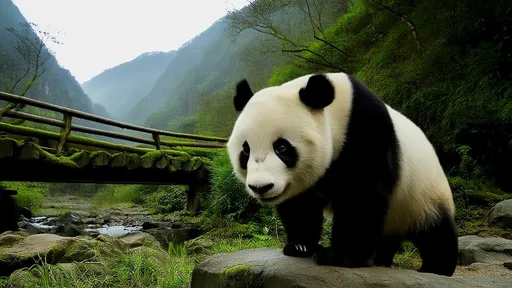
By /Jul 24, 2025
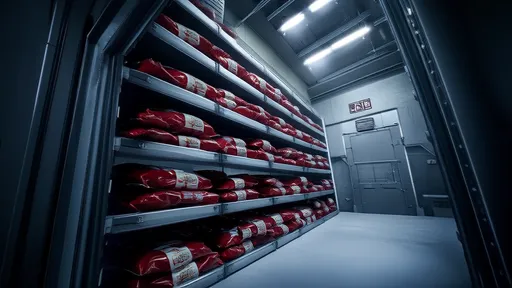
By /Jul 24, 2025

By /Jul 24, 2025
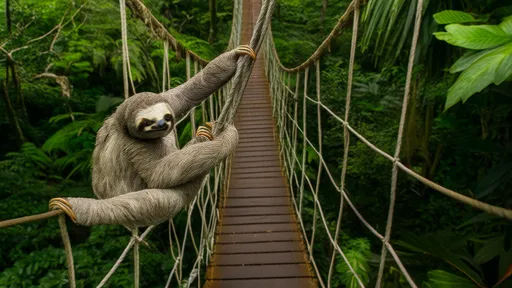
By /Jul 24, 2025
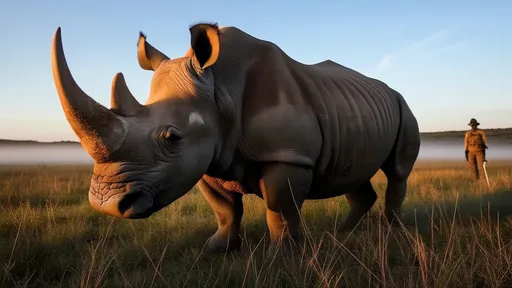
By /Jul 24, 2025
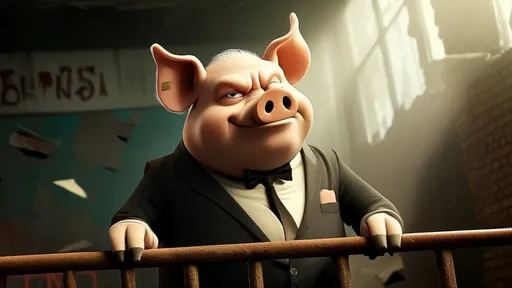
By /Jul 24, 2025
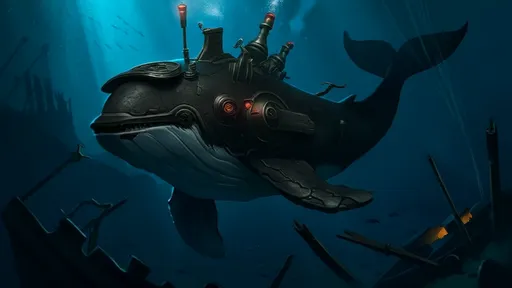
By /Jul 24, 2025
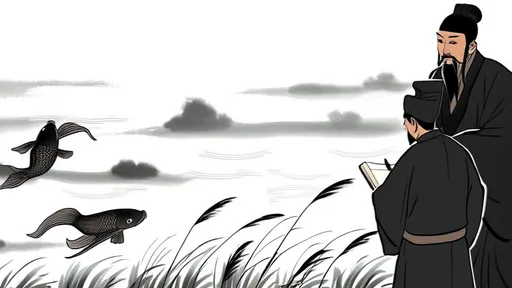
By /Jul 24, 2025
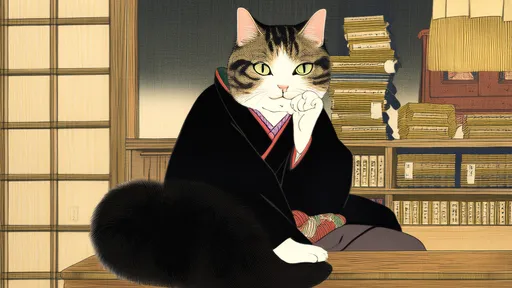
By /Jul 24, 2025
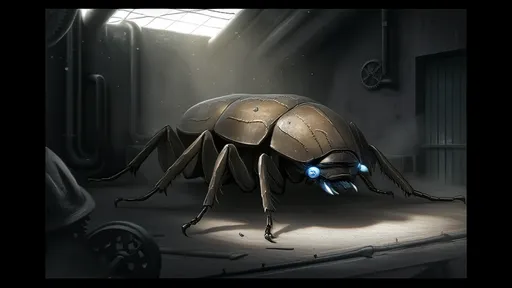
By /Jul 24, 2025
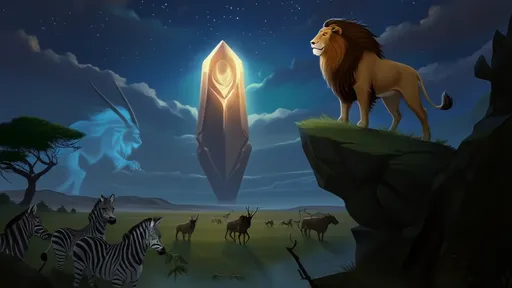
By /Jul 24, 2025
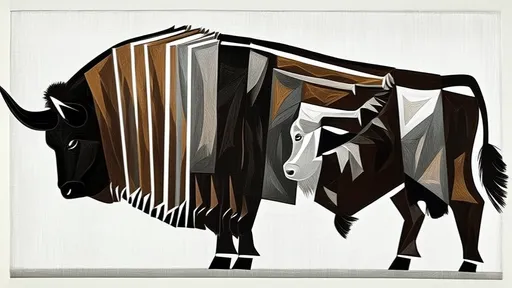
By /Jul 24, 2025
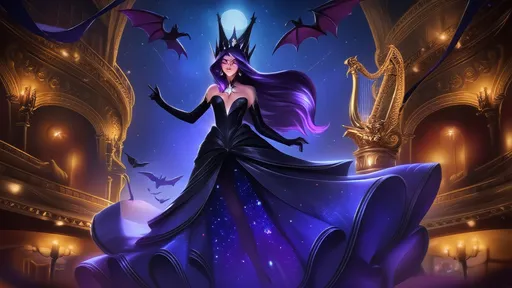
By /Jul 24, 2025
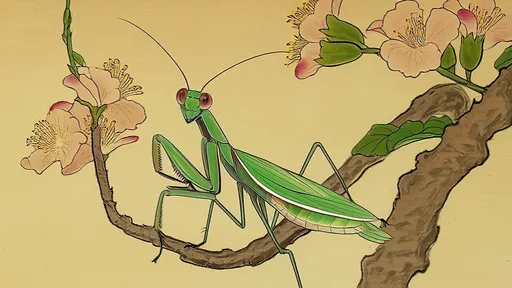
By /Jul 24, 2025
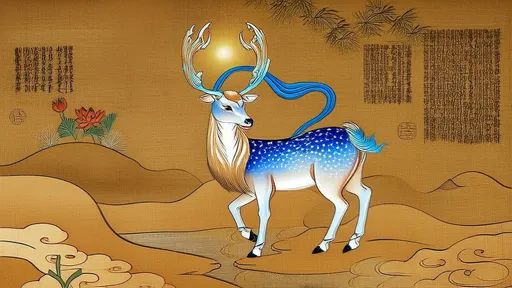
By /Jul 24, 2025
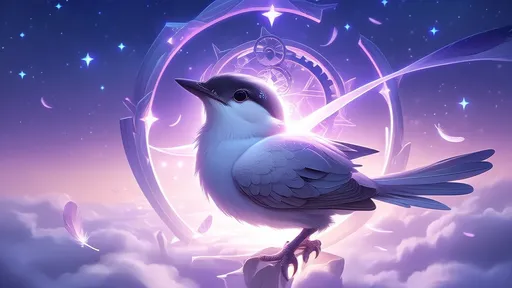
By /Jul 24, 2025
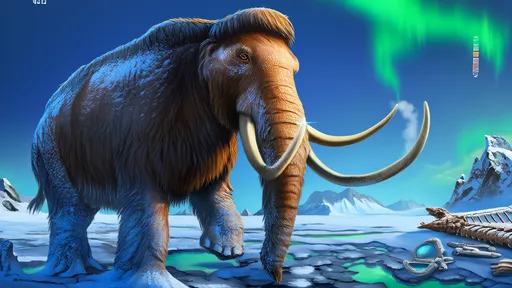
By /Jul 24, 2025
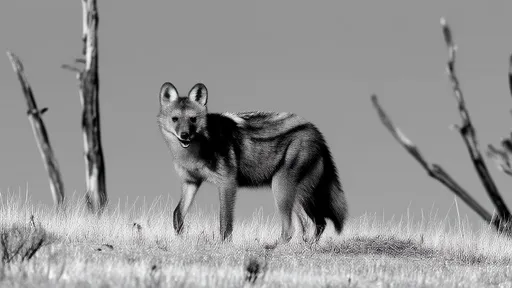
By /Jul 24, 2025